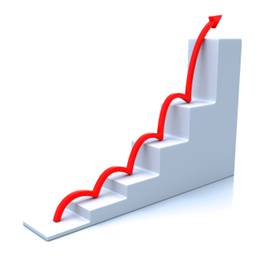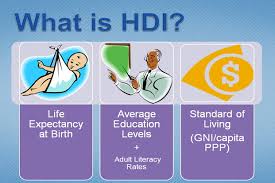Problems of measuring development
 While
GDP provides a somewhat limited measure of economic growth and living
standards, it does have the advantage of being fairly easily obtained
and is based on three variables only - income, expenditure and output.
While
GDP provides a somewhat limited measure of economic growth and living
standards, it does have the advantage of being fairly easily obtained
and is based on three variables only - income, expenditure and output.
In contrast to this, as can be seen from the HDI, HPI, MEW and
ISEW, development is a multi-dimensional, complex process which can
only be judged against a variety of criteria, using composite indices.
This may give rise to various problems involving subjective, value judgments on behalf of the statisticians who construct the indices. For example, how should factors such as life expectancy and literacy be weighted within an index? Which factors should be included and which should be excluded?
So while the HDI, for example, may provide a fairly sophisticated indicator of living standards, it omits some very important components, such as environmental quality; but to construct a development index which is all-embracing would be a statistically awesome task!
You need to be able to:
Explain the measures that make up the Human Development Index (HDI).

Compare and contrast the HDIfigures for economically more developed countries and economically less developed
countries.
Explain why a country’s GDP/GNI per capita global ranking may be lower, or higher, than its HDI global ranking.